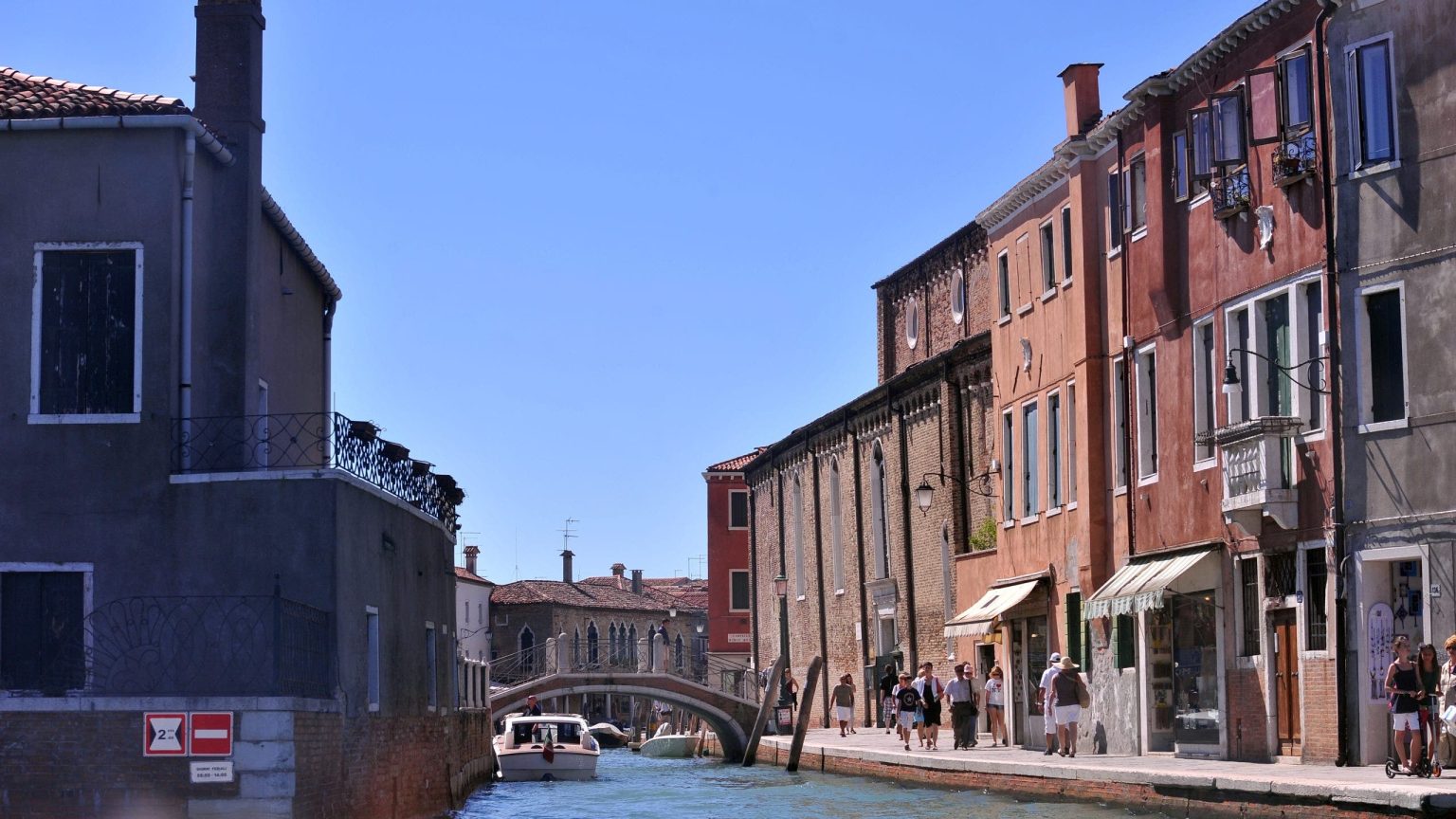In June 2024, researchers from the National History Museum discovered over 100 ancient glass objects in Bulgaria’s Chengene Skele Bay in the Black Sea. Led by professor Ivan Histrov, the team found 112 glass vessels at a depth of 2 to 2.5 meters, adding to a collection of 310 glass objects previously unearthed in the same bay in 2020 and 2021. These artifacts are believed to date back to the late 16th or early 17th century and are credited to the Venetian island of Murano known for its high-quality glassware production. The exact origin of the glass objects and the circumstances of their presence in the bay are still being investigated.
The glass objects found in Chengene Skele Bay are thought to have come from a shipwreck that may have been caused by a storm, leading to the items being submerged in the water. It is speculated that the wreckage of the ship may be located near the area where the glass fragments were discovered. While some of the glassware was found in pieces, others remain intact, showcasing the intricate craftsmanship that went into their creation centuries ago. The artifacts offer valuable insights into consumption, trade, and glass production in the Balkans during the Late Ottoman Period, shedding light on a previously under-researched topic.
The significance of the underwater discovery lies in its potential to provide valuable information about the historical context of glass production and trade in the region. The artifacts found in Chengene Skele Bay will be exhibited at the Burgas Regional Historical Museum, allowing the public to learn more about the rich history and craftsmanship of ancient glassware. The research conducted by the team from the National History Museum, under the leadership of Professor Histrov, highlights the importance of underwater archaeology in uncovering and preserving valuable cultural heritage. By studying these artifacts, historians and archaeologists can gain a better understanding of the maritime history of the Black Sea region and its connections to other parts of Europe.
The 112 glass objects discovered in the Black Sea offer a glimpse into the craftsmanship and trade networks of the late 16th and early 17th centuries, particularly in the Venetian island of Murano. The artifacts found in Chengene Skele Bay provide a tangible link to the past, offering insights into the production methods and aesthetic preferences of the time. The ongoing research into the origins and possible shipwreck associated with the glass objects will further enhance our knowledge of historical maritime activities in the region. As more artifacts are uncovered and studied, historians can piece together a more comprehensive picture of the cultural and economic exchanges that took place in the Balkans during the Late Ottoman Period.
The museum’s Facebook post announcing the discovery underscores the importance of this find in expanding our understanding of consumption, trade, and production of glass in the Balkans during the Late Ottoman Period. The artifacts recovered from the depths of Chengene Skele Bay represent a valuable addition to the study of ancient glassware and its significance in historical contexts. Through continued research and analysis of these underwater finds, scholars can delve deeper into the socio-economic dynamics of the region during a crucial period in history. The forthcoming exhibition at the Burgas Regional Historical Museum will provide an opportunity for the public to engage with these artifacts and appreciate the artistry and cultural heritage they represent.


